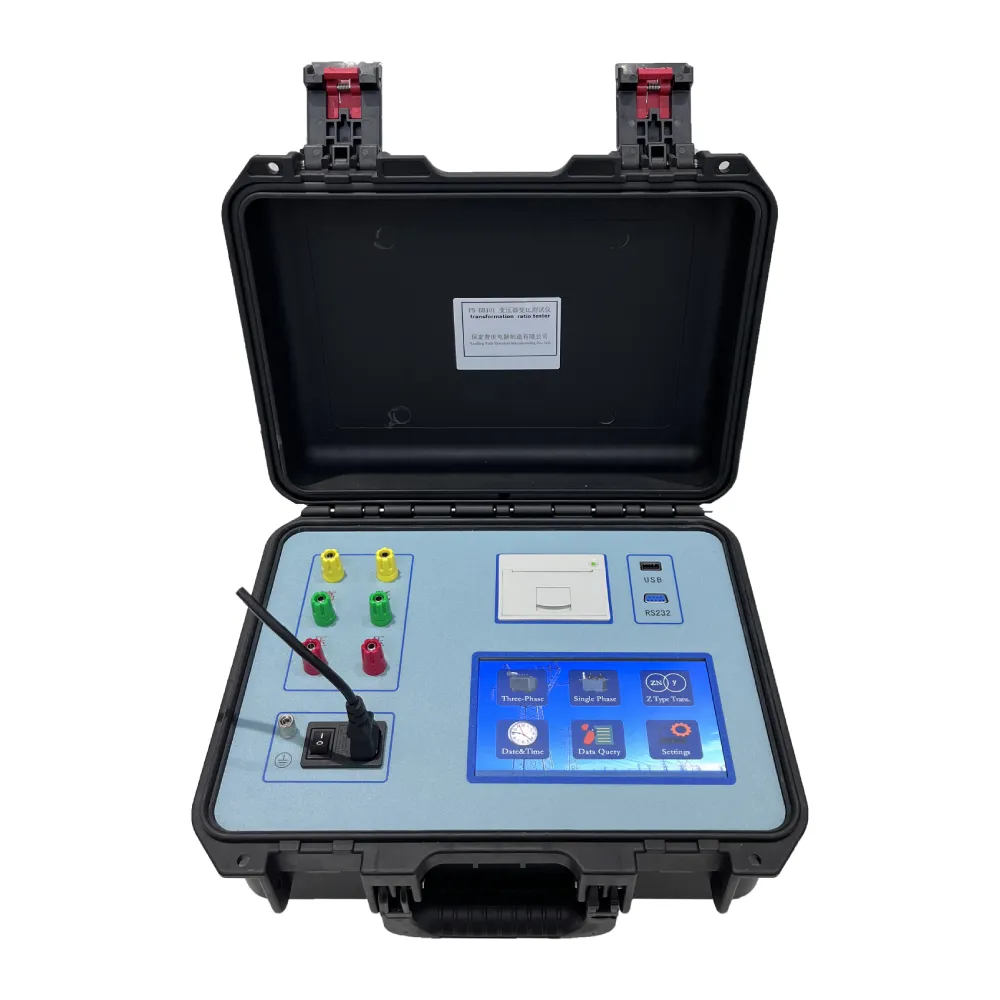 English
English


Short Circuit Test of Three-Phase Transformer
Short Circuit Test of a Three-Phase Transformer
The short circuit test is a crucial diagnostic procedure performed on three-phase transformers to assess their performance and determine critical parameters such as impedance, losses, and efficiency. It is an essential component of transformer testing that helps ensure reliability and longevity in electrical applications.
The primary objective of the short circuit test is to simulate conditions where the transformer secondary is shorted, allowing engineers to measure the current flowing through the primary winding under controlled conditions
. This test is typically conducted under a low voltage supply, preserving the integrity and safety of the transformer while providing valuable data.In a typical short circuit test, the transformer is first isolated from any load. Next, the secondary winding is shorted, and a low voltage is applied to the primary winding. As the secondary is shorted, the primary current increases. The key measurements taken during this process include the current, voltage, and power input to the primary side of the transformer.
short circuit test of three phase transformer

The main parameters derived from the short circuit test are the equivalent series impedance (Z_eq), percentage impedance (%Z), and copper loss. Z_eq is calculated using the applied voltage and the resulting short circuit current. This impedance reflects the resistive and reactive components of the transformer and is essential in transformer modeling and system analysis. %Z is particularly useful for understanding the voltage drop under load conditions, influencing both protection settings and system stability.
Another critical aspect of the short circuit test is the determination of copper losses, which are represented by the power input during the test. Copper losses occur due to the resistance of the winding conductors when current flows through them. By analyzing these losses, engineers can assess the efficiency of the transformer and predict how it will perform under load.
Safety is paramount during the short circuit test, as working with high currents and voltages poses risks. Therefore, appropriate safety measures must be in place, including using protective equipment and ensuring that personnel are trained in handling electrical tests.
In conclusion, the short circuit test of a three-phase transformer is an indispensable process in electrical engineering. It offers insightful data regarding the operational characteristics and efficiency of transformers. By understanding the impedance and loss characteristics through this test, engineers can make informed decisions about transformer selection, design, and application. Consequently, a well-conducted short circuit test ultimately contributes to the reliability and safety of electrical distribution systems, ensuring that transformers operate efficiently and effectively in various industrial and commercial settings.
-
Differences between open cup flash point tester and closed cup flash point testerNewsOct.31,2024
-
The Reliable Load Tap ChangerNewsOct.23,2024
-
The Essential Guide to Hipot TestersNewsOct.23,2024
-
The Digital Insulation TesterNewsOct.23,2024
-
The Best Earth Loop Impedance Tester for SaleNewsOct.23,2024
-
Tan Delta Tester--The Essential Tool for Electrical Insulation TestingNewsOct.23,2024





